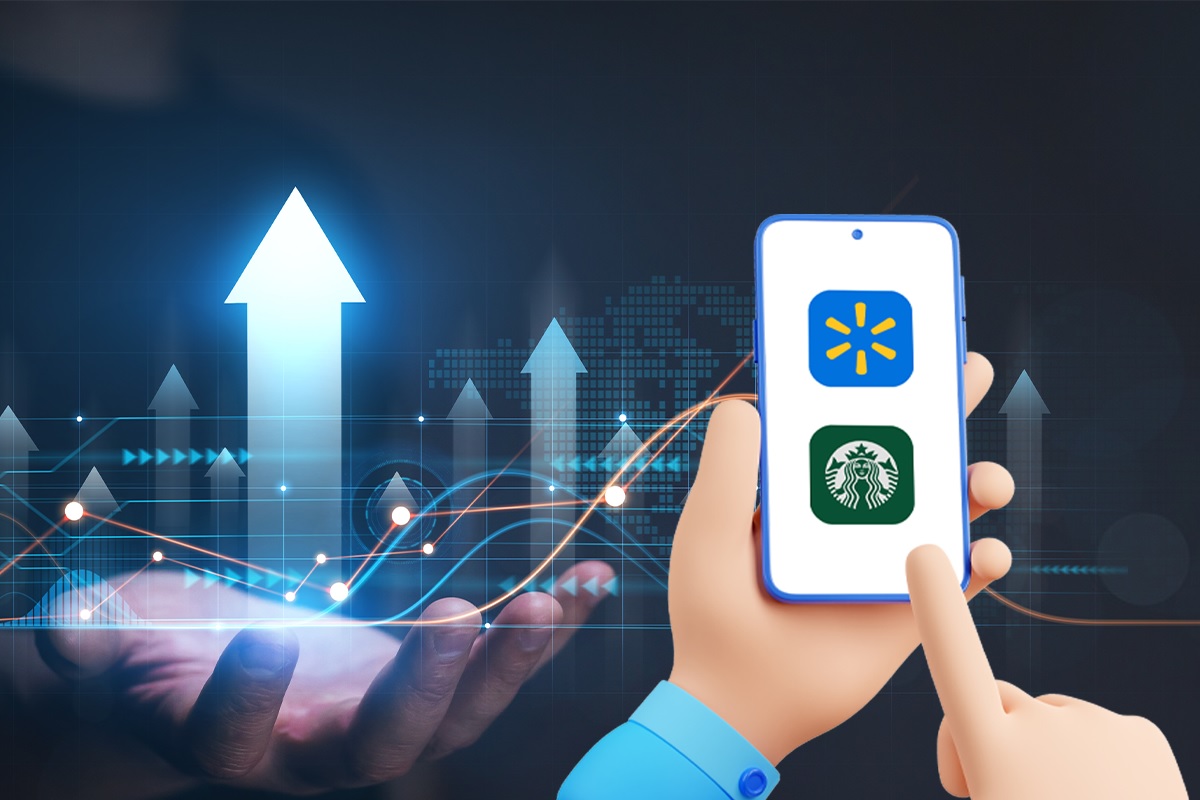
In the digital age, mobile payment apps have revolutionized the way businesses operate and interact with customers. These apps offer convenience, speed, and security, making them an essential tool for boosting sales. This blog post explores how mobile payment apps can enhance your business, addressing common questions and featuring insights from industry professionals.
What Are Mobile Payment Apps and Why Are They Important?
Mobile payment apps are applications that allow consumers to make payments using their smartphones. These apps facilitate transactions by connecting to credit cards, bank accounts, or digital wallets. They are crucial in today’s market because they offer convenience and flexibility, allowing customers to pay anytime and anywhere.
Natalia Dávila Merlo, Content Marketing Manager at Ling, highlights the importance of these apps: “Mobile payment apps have significantly improved our customer experience by providing a fast and secure payment method.”
How Do Mobile Payment Apps Enhance Customer Convenience?
Customer convenience is a key driver of sales. Mobile payment apps streamline the purchasing process, reducing the time and effort required for transactions. With features like one-tap payments, digital wallets, and QR code scanning, these apps make it easier for customers to complete purchases quickly and efficiently.
By eliminating the need for cash or physical cards, mobile payment apps cater to the growing preference for digital transactions. This convenience can lead to increased customer satisfaction and loyalty, ultimately driving sales growth.
Jessica Shee from M3 Data Recovery shares her experience: “The ease of use and speed of mobile payment apps have enhanced our customer satisfaction and increased our sales.”
Can Mobile Payment Apps Improve Transaction Security?
Security is a major concern for both businesses and consumers. Mobile payment apps are designed with advanced security features to protect against fraud and unauthorized transactions. Encryption, tokenization, and biometric authentication (such as fingerprint or facial recognition) are commonly used to ensure secure payments.
These security measures not only protect sensitive information but also build trust with customers. When customers feel confident that their data is safe, they are more likely to use mobile payment apps, leading to higher sales.
Jon Lynn, founder of My Office Pod, comments on security: “Implementing mobile payment apps with robust security features has given our customers peace of mind, which has positively impacted our sales.”
How Do Mobile Payment Apps Integrate with Loyalty Programs?
Loyalty programs are an effective way to retain customers and boost sales. Mobile payment apps often integrate seamlessly with loyalty programs, allowing businesses to reward customers for their purchases automatically. Points, discounts, and special offers can be managed through the app, making it easier for customers to redeem rewards.
This integration enhances the customer experience by providing immediate benefits and incentives. It also helps businesses track customer behavior and preferences, enabling more personalized marketing strategies.
Matthew Appleton, e-commerce manager of Appleton Sweets, emphasizes the benefits: “Integrating our loyalty program with mobile payment apps has made it easier for customers to earn and redeem rewards, which has increased repeat purchases.”
Are Mobile Payment Apps Beneficial for Small Businesses?
Small businesses can greatly benefit from adopting mobile payment apps. These apps provide a cost-effective solution for accepting payments, eliminating the need for expensive point-of-sale systems. They also offer features like inventory management, sales tracking, and customer analytics, which can help small businesses operate more efficiently.
Moreover, mobile payment apps can expand a small business’s customer base by catering to tech-savvy consumers who prefer digital payments. By offering a convenient and modern payment method, small businesses can compete more effectively in the market.
Holly Darani, the Content Head at UNAGI Scooters, notes: “Mobile payment apps have leveled the playing field for small businesses, allowing us to offer the same convenience and security as larger competitors.”
How Do Mobile Payment Apps Influence Impulse Purchases?
Impulse purchases are a significant source of revenue for many businesses. Mobile payment apps can encourage impulse buying by simplifying the checkout process. Features like one-click payments and stored payment information reduce friction, making it easier for customers to make quick decisions and complete purchases without hesitation.
Additionally, mobile payment apps can send push notifications about special offers, discounts, and promotions, prompting customers to take advantage of these deals immediately. This targeted approach can drive impulse purchases and boost sales.
What Are the Cost Benefits of Using Mobile Payment Apps?
Implementing mobile payment apps can lead to significant cost savings for businesses. These apps reduce the need for physical infrastructure, such as cash registers and card terminals, lowering upfront and maintenance costs. Additionally, mobile payment apps often have lower transaction fees compared to traditional payment methods.
By streamlining operations and reducing overhead costs, businesses can allocate more resources to growth initiatives. The increased efficiency and convenience also contribute to higher sales, further enhancing the cost benefits.
How Can Businesses Get Started with Mobile Payment Apps?
Getting started with mobile payment apps is straightforward. Businesses should first research and choose an app that aligns with their needs and budget. Many mobile payment apps offer easy setup processes and comprehensive support to help businesses get started.
Training employees on how to use the app effectively is crucial for smooth implementation. Businesses should also promote the new payment method to customers, highlighting its convenience and security.
Choose a mobile payment app that offers the features you need and provides reliable support. Proper training and promotion are key to successful implementation.
Conclusion
Mobile payment apps are a powerful tool for boosting sales and enhancing customer experience. They offer convenience, security, and integration with loyalty programs, making them an essential component of modern business operations. By adopting mobile payment apps, businesses can cater to customer preferences, encourage impulse purchases, and achieve significant cost savings.
Whether you’re a small business or a large enterprise, the right mobile payment app can transform your sales strategy and drive success. Start exploring the available options today and take the first step towards a more efficient and profitable business.



